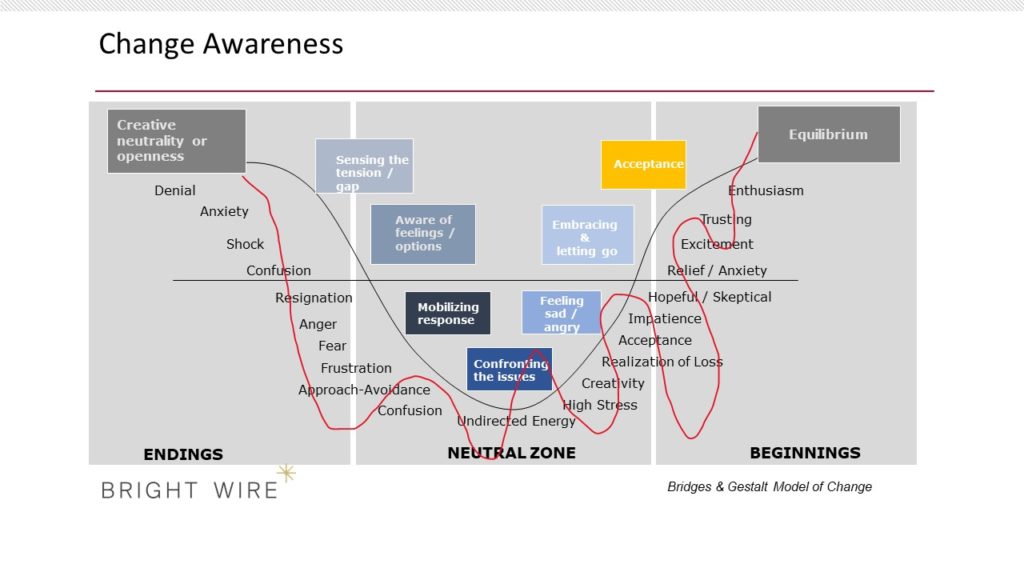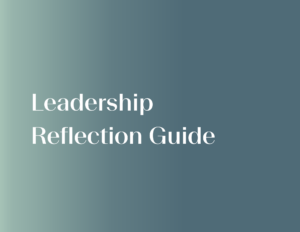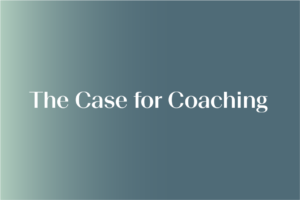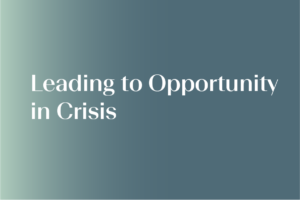The four waves of the pandemic and the resulting changes to the workplace, have put psychologist Bruce Tuckman’s first two phases of team development through what feels like a revolving door. As new employees join your group, others may leave, or teams may work differently moving back and both between remote, office and hybrid models, teams are forming and re-forming constantly as team members get to know each other, and experience a wide range of emotions from fear to excitement about the future.
Throughout this “Great Resignation” and during more stable times, people on your team must be able to work together to contribute collectively to team outcomes. But this doesn’t happen automatically. Individuals have a lot of questions as they process their feelings through this time of uncertainty and they are looking to you as their leader to lead them through this phase. Understanding how your team is feeling and where they are in processing change will help you engage them from their position on the change curve below, not from your own. Meeting your team where they are will help you move the team through the forming and storming phases of team development by recognizing the emotions present that contribute to the storm.
Referring to change curve below, where are you on curve? Where are the individual members of your team? What about your team as a whole?
- Create a vision and articulate it by defining goals and objectives for each person to connect them to the business objective
- Create a team charter and develop rules of engagement on how you will work to help establish your group’s unique identity
- Define roles and responsibilities so everyone is clear on how and where they can work independently and collaboratively
- Focus on building trust among the team to create a safe environment where people feel free to express their ideas and opinions
- Get to know your team members and their individual preferences to determine how best to support them in their role
- Show enthusiasm!









